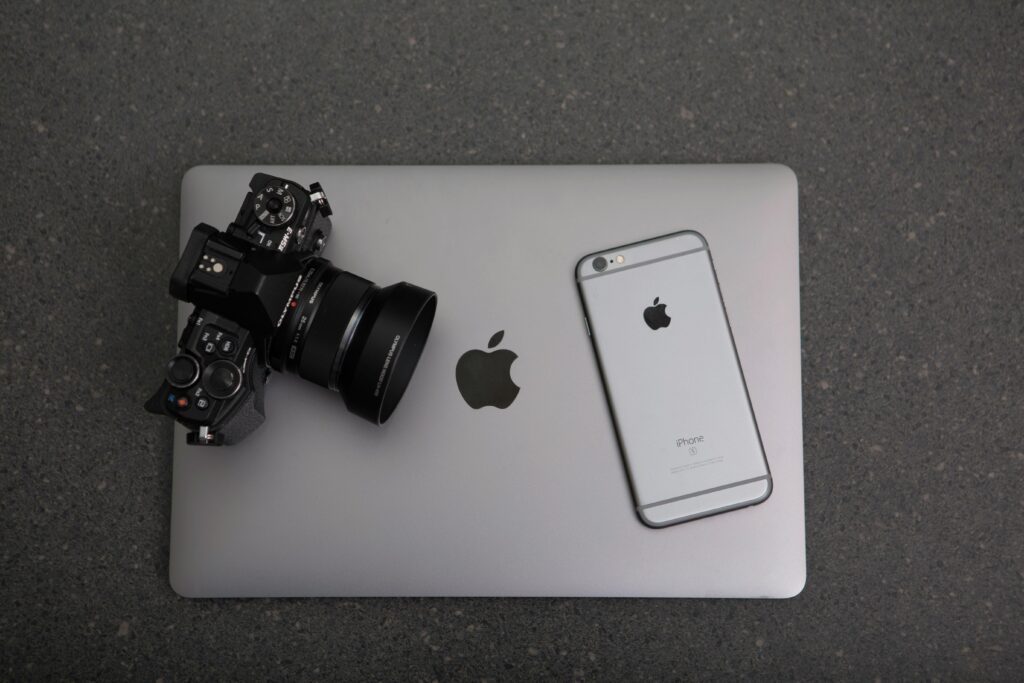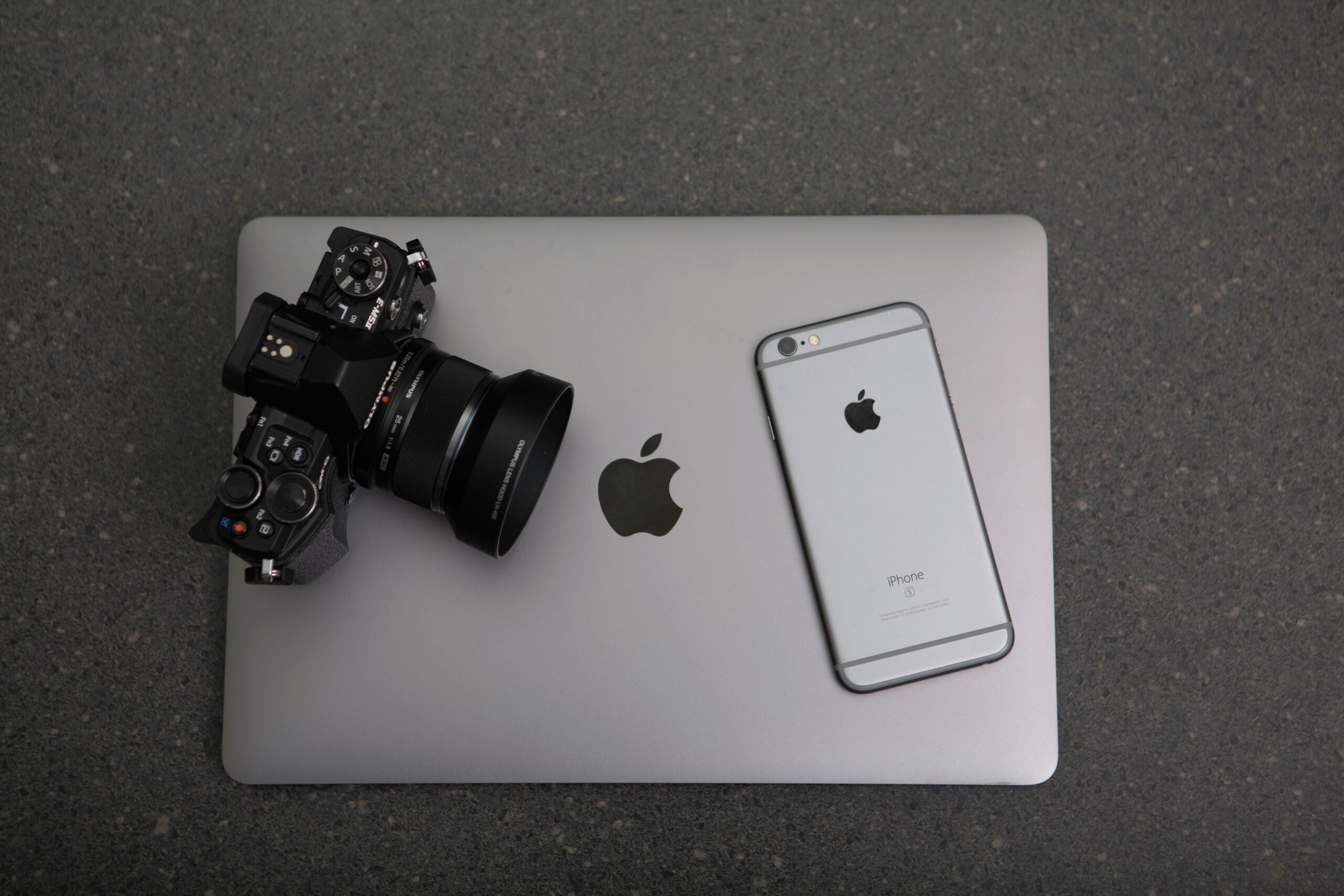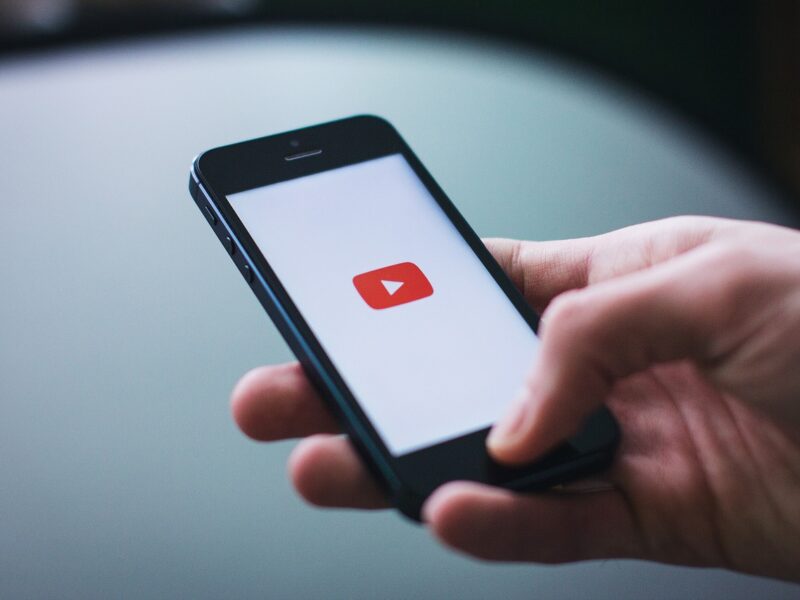
Apple, Are You Still Listening? I’m Starting to Feel Forgotten
Once upon a time, I felt like Apple truly understood users like me. But lately, it feels like the company is coasting — assuming my loyalty will hold, even as frustrations mount.
Let me be clear: Apple remains one of the most influential forces in the tech world. Its products are still the gold standard in design, branding, and ecosystem cohesion. But perfection is a moving target — and not everything in Cupertino is as polished as it once was.
Despite Apple’s continued success, some cracks in the experience are hard to ignore. Long-time users and tech watchers are noticing, and frankly, competitors are too. Samsung’s new Galaxy S25 Ultra was compelling enough to pull me out of the Apple ecosystem entirely — something I never imagined happening.
Here are four key pain points that highlight where Apple is falling short in 2025.
1. The Apple Watch Is Losing Its Spark
When the Apple Watch debuted in 2015, it redefined wearables. But almost a decade later, the excitement has faded.
One of the most persistent issues is battery life. Most standard models still demand nightly charging, which undercuts their utility as 24/7 health monitors and sleep trackers. Even the Series 9 and SE models in 2024 didn’t address this shortcoming. Meanwhile, competitors like Garmin and even entry-level Fitbits offer multi-day performance with ease.
The design has also grown stale. Sure, the Ultra line brought in some rugged flair, but the main Apple Watch hasn’t evolved much in form or function — it still looks and feels like a five-year-old product.
The market reflects this stagnation. Recent figures from Counterpoint Research show a drop in global smartwatch shipments in 2024, and Apple’s market share declined along with it. User excitement is clearly cooling off, and Apple has yet to offer a bold new vision to reignite interest.
Here’s a thought: What if Apple reimagined the Watch as a standalone health-first device, instead of just a sidekick to the iPhone?
2. Apple Intelligence Lacks Impact
When Apple introduced its generative AI initiative — dubbed “Apple Intelligence” — the tech world expected big things. So far, those expectations have largely gone unmet.
Apple’s AI strategy has drawn criticism across the board, with concerns about its lack of momentum and unclear direction. The company has even reshuffled the leadership responsible for driving its AI roadmap — a move that suggests internal dissatisfaction.
Consumers today know what AI is — but they want to feel its value in their daily lives. Without a breakthrough feature or a system-wide differentiator, Apple’s AI efforts risk being overlooked. The company needs its own “ChatGPT moment” — or at least something that convinces average users that AI is essential, not just invisible.
3. iPhone and Windows Still Don’t Work Well Together
It’s 2025, and yet pairing an iPhone with a Windows 11 PC still feels like connecting two worlds that stubbornly refuse to cooperate.
Basic functionality — like syncing messages, transferring photos, or mirroring notifications — remains clunky at best. There’s still no proper substitute for AirDrop or iMessage on Windows, despite the fact that nearly half of American users rely on Windows-powered PCs.
To be fair, there have been small steps forward. iCloud integration with Windows Photos and Microsoft’s recent updates to the Phone Link app are helpful — but they feel more like temporary patches than parts of a well-thought-out strategy.
Apple is known for creating seamless experiences within its own ecosystem. But when it comes to bridging the gap with other platforms, it continues to fall short — and it’s frustrating for users who don’t live entirely inside the Apple bubble.
1. Apple Watch: Stuck in the Past
Apple’s smartwatch design hasn’t seen a significant overhaul in years. Even with the introduction of the Ultra models — which brought extra bulk and some added functionality — the core design of the standard Apple Watch feels virtually unchanged from half a decade ago.
This design stagnation seems to be reflected in consumer interest. According to Counterpoint Research, global smartwatch shipments declined in 2024, and Apple’s market share shrank as well. The data indicates growing consumer fatigue — and Apple hasn’t countered that with the kind of bold innovation it was once known for.
Here’s a thought-provoking idea: What if Apple reimagined the Watch as a true health-first device, rather than continuing to treat it as an extension of the iPhone?
2. Apple Intelligence: Underwhelming So Far
Apple’s entry into generative AI, branded as “Apple Intelligence,” was met with high expectations — but the execution hasn’t delivered a breakthrough moment. This isn’t just personal opinion; industry observers and media outlets have also criticized the company for its slow progress and vague messaging.
Adding to the concern, Apple has already shuffled the leadership overseeing its AI initiatives — a sign that even internally, the company knows changes are needed.
The biggest problem? There’s no compelling use case yet. Apple hasn’t given users a “wow” moment like ChatGPT did. Instead, features such as message summaries, writing support, and modest Siri improvements come across as useful but underwhelming.
Meanwhile, rivals are pulling ahead. Microsoft is embedding AI deeply into its productivity apps, and Google is rapidly integrating Gemini across its platforms. Apple, on the other hand, hasn’t clearly defined what makes Apple Intelligence essential — nor has it positioned it as a system-wide game-changer.
Today’s users are increasingly aware of AI — but they want practical value. Without a clear, engaging use case that resonates with everyday life, Apple’s AI ambitions risk being overlooked. The company needs to craft an experience that makes AI feel vital — not just another background feature.
3. iPhone and Windows Still Don’t Play Nice
In 2025, seamless connectivity between devices should be the norm — but if you’re using an iPhone with a Windows 11 PC, the experience is anything but smooth.
Simple tasks like syncing messages, transferring photos, or getting notifications still require awkward workarounds. There’s no real iMessage or AirDrop alternative for Windows users — despite the fact that nearly half of U.S. users are on Windows PCs.
Yes, Apple and Microsoft have taken small steps toward better integration. iCloud photo access and the latest Phone Link updates are improvements — but they feel more like temporary fixes than a cohesive, long-term solution.
For a tech giant known for ecosystem excellence, Apple’s lack of deep cross-platform support remains one of its most frustrating shortcomings.




I appreciate how this article articulates what many of us long-time Apple users have been quietly feeling. The sense of being truly listened to seems to be slipping, and it’s starting to feel like loyalty is being taken for granted.
Totally agree that the Apple Watch feels like it’s stagnating—battery life especially has been a sore point for years, and it’s surprising that Apple still hasn’t made meaningful improvements. It’s interesting how you mentioned the emotional shift too; that slow erosion of trust is what really opens the door for people to explore other ecosystems.
Interesting take — I hadn’t really thought about how the Apple Watch’s short battery life clashes with its health-tracking ambitions. It’s surprising that such a core feature hasn’t been rethought after all these years.
Battery life on the Apple Watch has been a frustration for years now. For a company so focused on health tracking, it’s ironic that overnight charging cuts right into sleep data collection.
What struck me most is how you framed the emotional disconnect. It’s not just about specs or features — it’s the shift from Apple feeling visionary to feeling reactive, and that’s what’s really making loyal users second-guess their commitment.